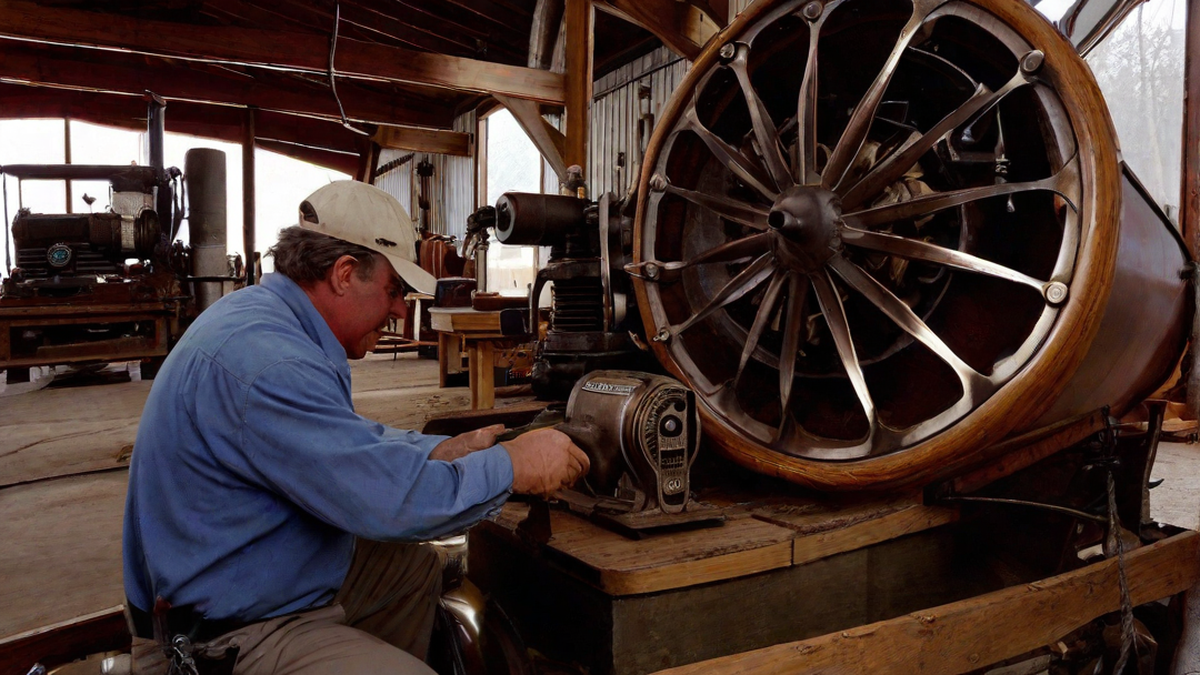When it comes to boating, there’s nothing quite like the feeling of the wind in your hair and the sun on your face as you race across the water. However, if you’re like me and you don’t get to take your boat out as often as you’d like, you may face the issue of getting the boat motor running after it’s been sitting for a while. I’ve had my fair share of experiences with this, and I’m here to share some tips and tricks that have worked for me.
Inspecting the Boat
Before attempting to start the motor, it’s crucial to inspect the boat and the motor thoroughly. Check for any signs of damage or wear, and ensure that all the necessary safety equipment is on board. Additionally, make sure the fuel tank is filled and the battery is charged.
Checking the Fuel System
One of the most common issues with a boat motor that has been sitting is the fuel system. Over time, gasoline can break down and clog the fuel lines or carburetor. I always start by checking the fuel lines for any cracks or leaks. If I spot any issues, I replace the lines before proceeding. Next, I drain any old fuel from the tank and replace it with fresh, high-quality gasoline. If the boat has a carburetor, I clean it thoroughly to ensure proper fuel flow.
Inspecting the Electrical System
The electrical system is another critical component to check. I always examine the spark plugs for signs of corrosion or damage, and if needed, I replace them. Additionally, I inspect the battery terminals to ensure they are clean and tightly connected. If the battery has been sitting for a while, it may need to be charged or replaced.
Engine Lubrication
After a period of sitting, the engine may have lost some of its lubrication. Before attempting to start the motor, I always make sure to properly lubricate the engine by applying oil to the necessary areas. This helps prevent unnecessary wear and tear on the motor.
Starting the Motor
Once I’ve completed all the necessary inspections and preparations, it’s time to attempt starting the motor. I always start by priming the fuel system to ensure that the engine receives an adequate amount of fuel. After that, I turn the key and listen for the sound of the engine turning over. If the engine doesn’t start immediately, I give it a few more tries, being careful not to drain the battery.
Conclusion
Getting a boat motor running after it has been sitting requires a bit of patience and thorough inspection. By carefully checking the fuel system, electrical components, and ensuring proper lubrication, I’ve been able to get my boat back on the water time and time again. Remember, if you ever feel uncertain about any step in the process, it’s always best to consult a professional to avoid any potential damage to the motor or boat.

